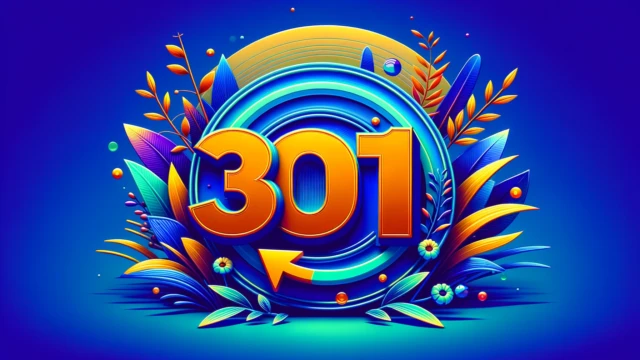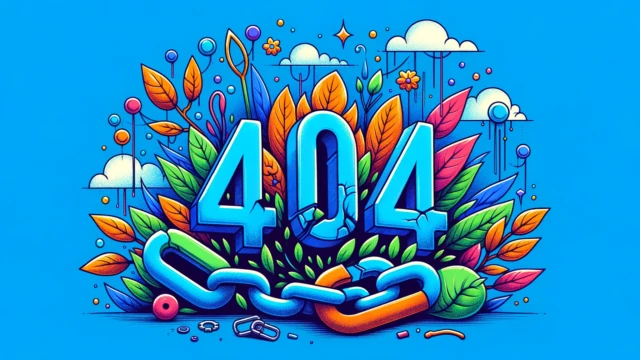Alt text is important for web accessibility, user experience, and search engine optimization (SEO). This article will explore the importance of alt text, its code implementation, and guidelines for writing effective alt text.
What is Alt Text?
Alt text, short for “alternative text,” is a word or phrase that can be inserted as an attribute in an HTML document to tell webpage viewers the contents of an image.
It plays a critical role in providing a better user experience, boosting SEO performance, and enhancing the accessibility of your website. When an image can’t be displayed on a webpage due to a broken image source or slow connection, or if a user uses a screen reader due to visual impairment, the alt text is displayed in place of that image.
Importance
It plays a crucial role in web accessibility and inclusivity. Here are a few reasons:
- Screen reader compatibility: People who use screen readers rely on alt text to understand the content and purpose of images on a webpage. Providing accurate and descriptive text ensures that visually impaired individuals can access the same information as sighted users.
- SEO: Alt text provides search engines with valuable information about the content of images. Well-written copy can improve your website’s visibility and search engine rankings, making it easier for users to discover your content.
- Enhanced user experience: Alt text helps all users understand the context of an image, including those with slow internet connections or devices that do not support image rendering. Descriptive text creates a better overall user experience by ensuring no crucial information is lost.
Alt Text Code
While alt text may be editable in many forms and interfaces across the web, they ultimately create HTML code like this sample.
Example
Here is an HTML image tag with proper alt text:
<img src="mountain-sunset.jpg" alt="A picturesque sunset over the mountains">The code snippet above shows an image of a sunset over the mountains. To ensure accessibility, we have added alt text within the alt attribute of the img tag. In this case, the text is “A picturesque sunset over the mountains”, providing a concise and descriptive summary of the image content.
How to Write Effective Alt Text
Writing effective alt text involves considering both accessibility and the purpose of the image. Here are some guidelines to help you write informative and descriptive text:
- Be Descriptive and Concise: Describe the essential elements of the image concisely. Focus on conveying the image’s purpose, meaning, and relevant details without being verbose.
- Provide Context and Function: Consider the context in which the image is presented and provide additional information contributing to understanding the surrounding content. Describe the function or role of the image if it serves a specific purpose, such as a button or an infographic.
- Avoid Redundancy: Avoid duplicating information already present in the surrounding text. It should provide complementary information rather than repeating what is already visible.
- Omit Decorative Images: If an image is purely decorative and does not convey meaningful information, it is generally best to leave the alt text empty or use an empty alt attribute (alt=””). This helps screen readers skip over the image and focus on the relevant content.
- Keep it Short: While the text should be descriptive, keep it concise. Aim for a few words or brief phrases that effectively convey the image’s content and purpose.
Bottom Line
Alt text is a fundamental component of web accessibility, ensuring that all users, regardless of their abilities or device limitations, can access and understand the content on your website. Create effective labels that enhance accessibility, improve image SEO, and provide a better user experience for all visitors. ?




